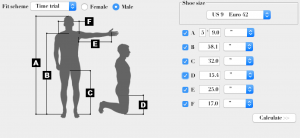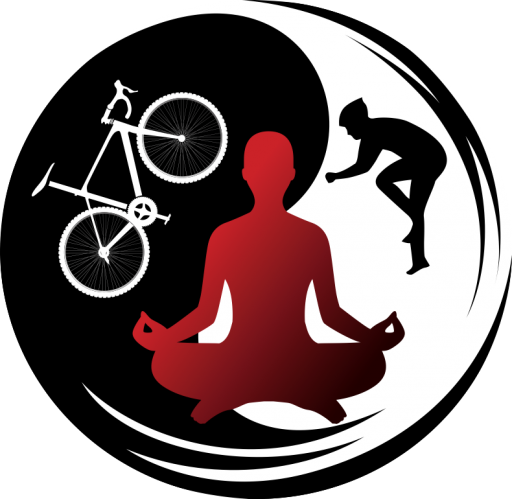Limb-length Ratios and Bike Fit

Limb-ratio variability is an important consideration for buying a bike, adjusting the bike you have, and understanding why basic measurements are typically insufficient to ensure a good fit.
Look at the people around you. Compare the upper and lower aspects of arms, legs, and bodies. Not at all the same, right? Now find a full-length mirror, and do the same. Document your findings and use the following (basic) guidelines for current adjustments and future bike considerations.
Basic Guidelines for Limb Ratio Variance
(Remember: These are only guidelines, contingent on too many variables to follow with absolute certainty)
Long Upper Leg (Femur) = Lower Saddle Height and Increased Saddle Setback
The femur is more horizontal than vertical in the pedal stroke, requiring a more setback and lower saddle height for optimal patellofemoral function when compared to overall leg length.
This is great for average/long-torso cyclists, because the more relaxed seat tube angles tend to accompany longer top tubes; unfortunately, not so great for the long-femur short-torso cyclists, who are typically women.
FYI: If you fall into this category, Cervelo does a great job of keeping road bike seat tube angles at 73-degrees in smaller sizes.
Long Lower Leg (Tibia/Fibula) = Higher Saddle and Decreased Nose Distance Behind Bottom Bracket
Tibia length is more vertical than horizontal in the pedal stroke, and a more forward and higher saddle position is usually required for optimal patellofemoral function when compared to overall leg length.
Longer Upper Body (Torso) = A long torso usually indicates a Longer Top-Tube, contingent on upper/lower arm ratios.
This should be self-explanitory, though it might be worth noting that increased real estate between head and butt tend to allow for more “aggressive” positioning.
Longer Upper Arm (Humerus) = Lower Stem or Greater Differential
The humerus is mos vertical in the pursuit and triathlon positions, but this applies to road and mountain bikes too. Tendency is for lower bars and shorter reach
Longer Lower Arm (Ulna/Radius) = Longer Stem or Longer Top-Tube.
These bones are more horizontal than vertical, like the Femur. Tendency is for higher bars and longer reach.
